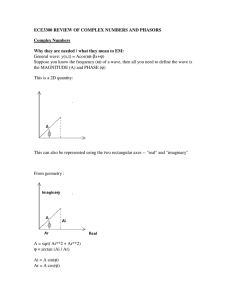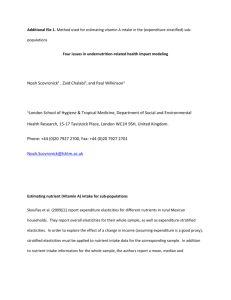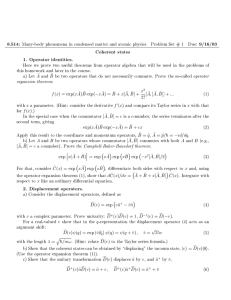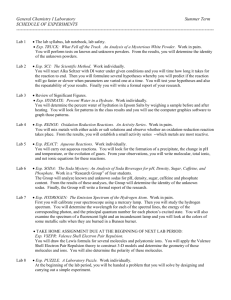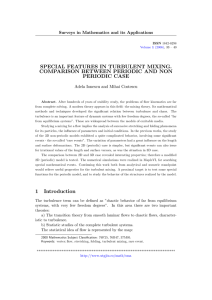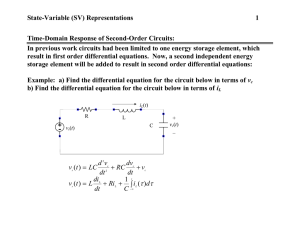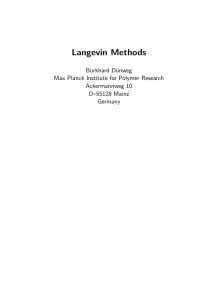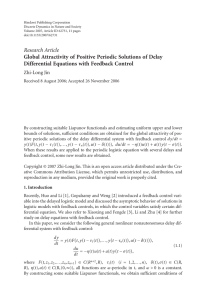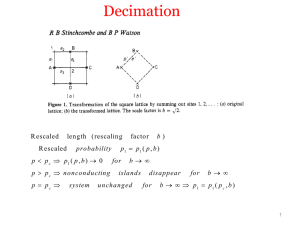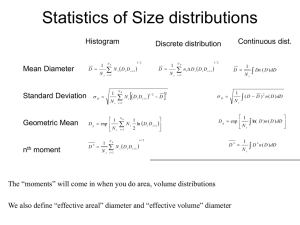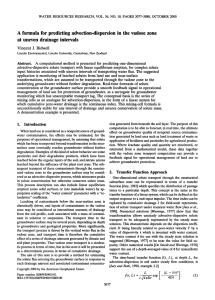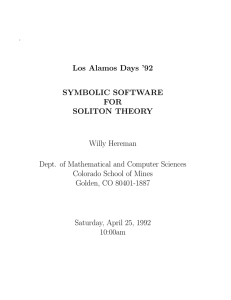fe-aar-brasil
advertisement
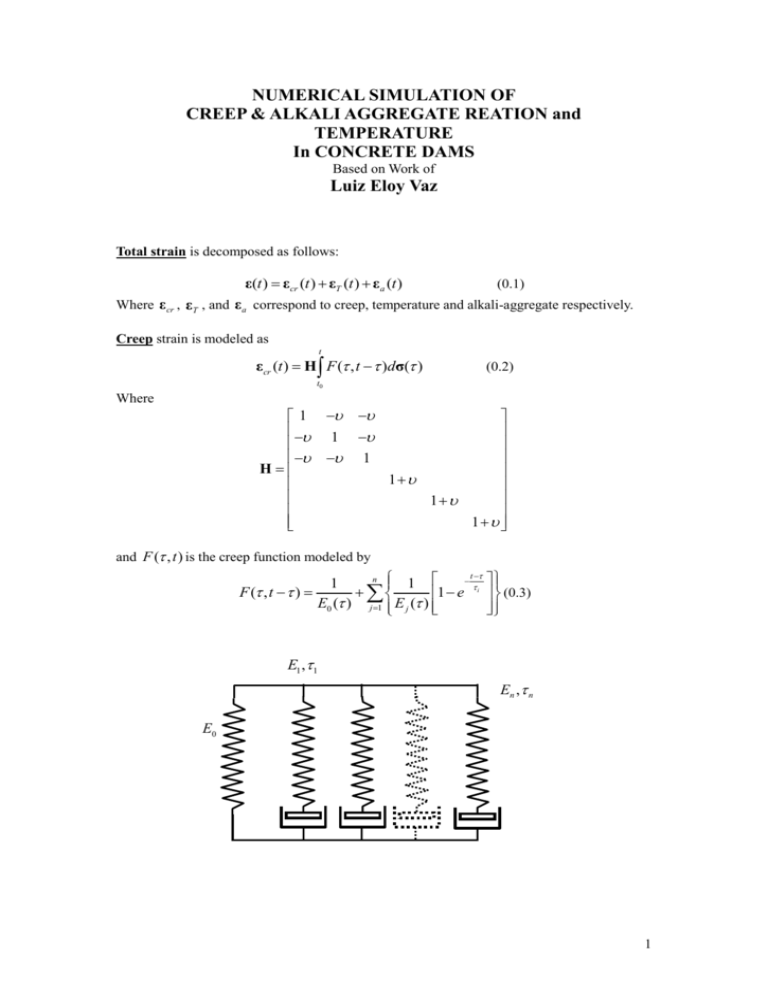
NUMERICAL SIMULATION OF CREEP & ALKALI AGGREGATE REATION and TEMPERATURE In CONCRETE DAMS Based on Work of Luiz Eloy Vaz Total strain is decomposed as follows: ε(t ) ε cr (t ) εT (t ) ε a (t ) (0.1) Where ε cr , εT , and ε a correspond to creep, temperature and alkali-aggregate respectively. Creep strain is modeled as t εcr (t ) H F ( , t )dσ( ) (0.2) t0 Where 1 H 1 1 1 1 1 and F ( , t ) is the creep function modeled by t n 1 1 F ( , t ) 1 e i (0.3) E0 ( ) j 1 E j ( ) E1 ,1 En , n E0 1 where n is the number of elements in the generalized Kelvin chain, i i Ei relaxation time for damper i, and Ei ( ) Young’s modulus at time . Ei ( ) A1 A2 1 3 A3 1 A4 90 1 2700 AAR Effect: ij t 0 K log ij t 0 ij (0.4) 0 is the unconfined rate of strain increase, 0 the unconfined stress, K a factor yet t to be determined, and ij the Kroenecker delta. where ε A (t ) d t0 ε A (t ) t (0.5) Temperature: t ε T dε T (0.6) t0 SUBSTITUTE: t n n t 1 t dσ t t 1 1 A ε(t ) H d σ ( ) H exp d d t dεT t 0 0 E ( ) E ( ) E ( ) d j 1 j 1 j j j t0 t 0 Using an incremental form for the previous discretization: n n 1 1 ε iA1 i i i ε H i i σ i εf j εT t t j 1 E j 1 E j i (0.7) where E i is Young’s modulus inside t i and Eij is the average value of E j inside t i t dσ 1 εf j (t ) H exp d d E ( ) j j t0 t (0.8) which can be rewritten as E j (t ) Assuming that E j (t ) and E j (t ) d dσ εf j (t ) εf j (t ) H (0.9) dt j dt dσ are constants inside the interval t i , the previous equation dt reduces to εf j (t ) a εf i 1 j t t i 1 a exp j (0.10) where 2 a σ i i t Eij jH (0.11) Considering Eq. (0.10) at time t i and subtracting εf ij 1 we obtain an expression for the incremental deformation t i εf ij εf ij 1 exp j H ij σ i (0.12) 1 i E j where ij t i j j 1 exp t i (0.13) From the previous two equations we determine the constitutive relation σ i Di εi εieff (0.14) where Di H 1 Ei 1 ij 1 E i j 1 E j n (0.15) i n t i i i εieff εf ij 1 exp εT ε A (0.16) j 1 j ε iA Ai 1t i (0.17) t t i 1 i 2 i 1 εf ij 1 exp εf j H ji 1 σ i 1 (0.18) E j j Equations (0.14) to (0.18) enable us to characterize a linear elastic model with initial deformation associated with time interval t i , hence through the superposition of strain associated with creep, alkali-aggregate reaction and temperature we can effectively model concrete aging. 3
